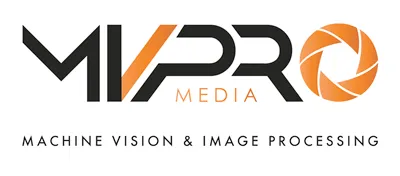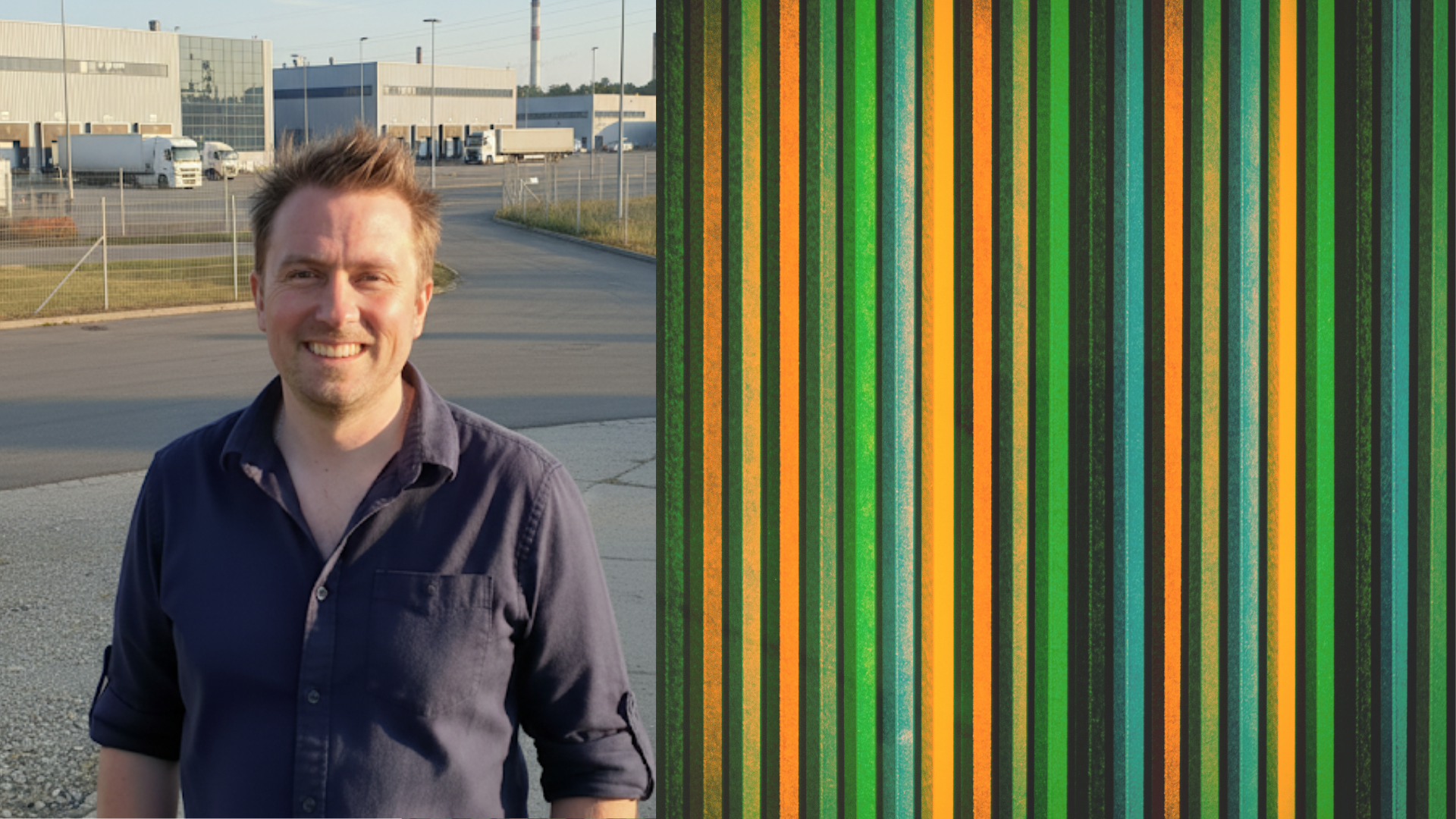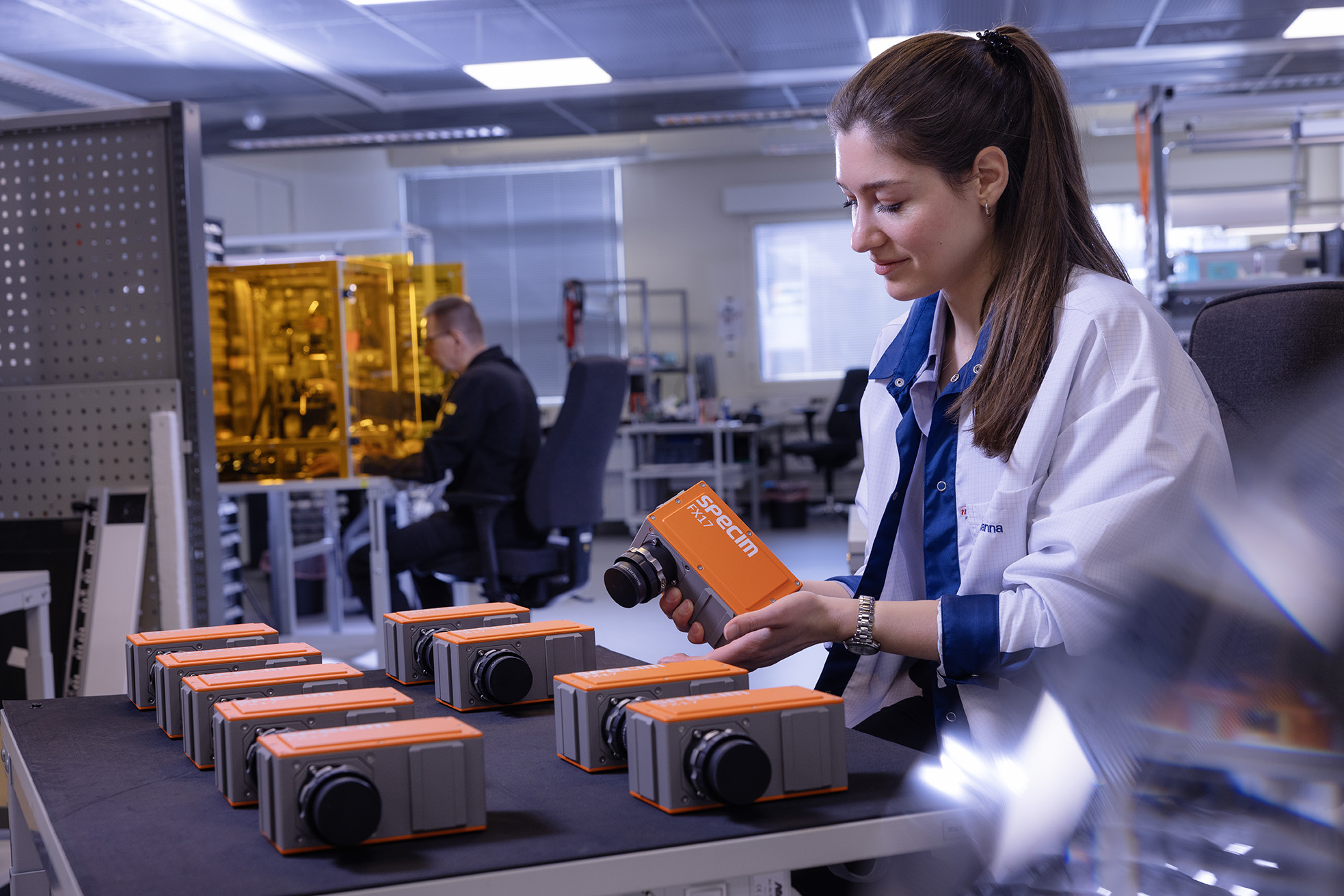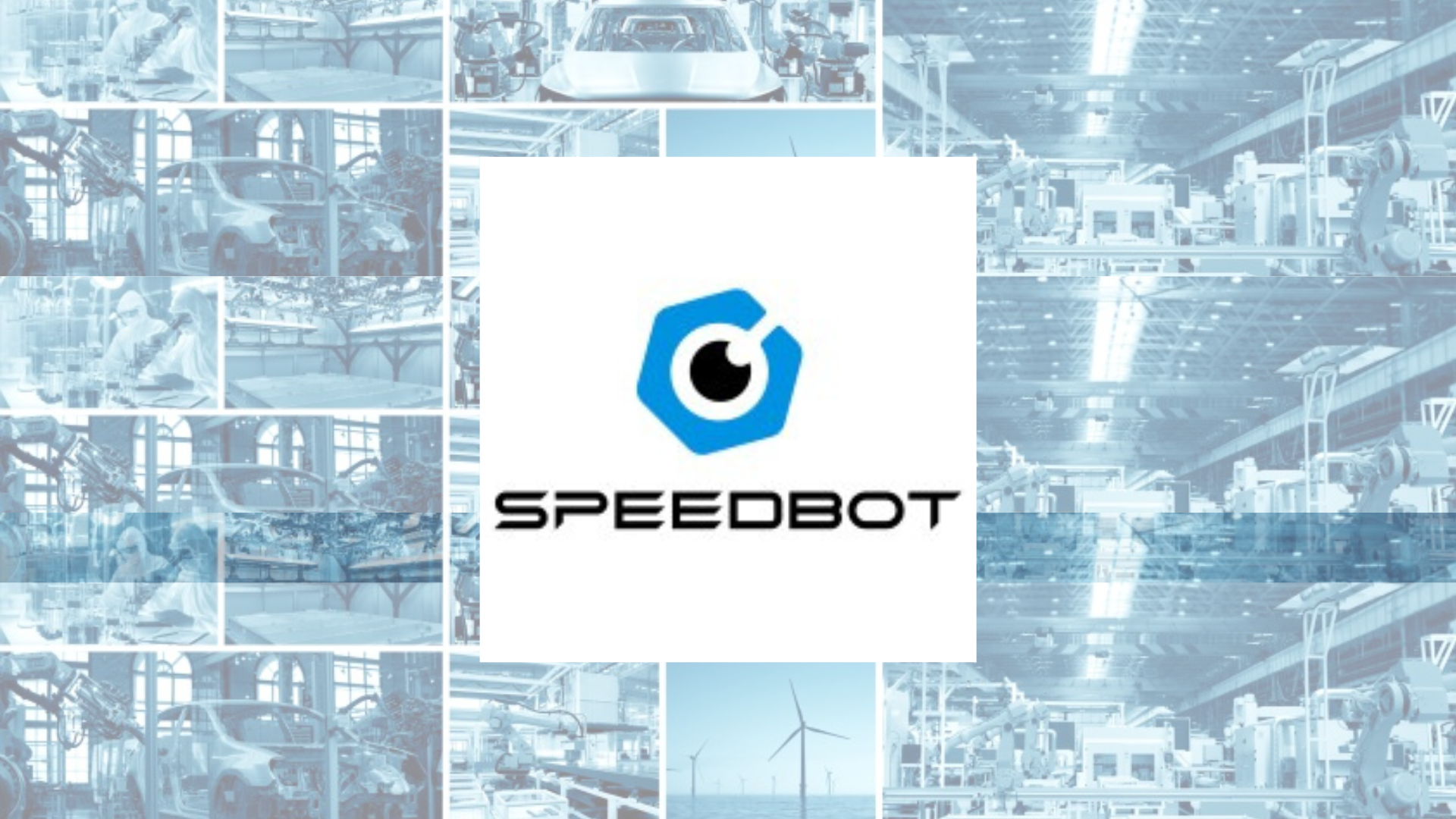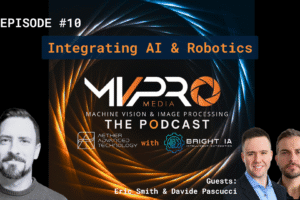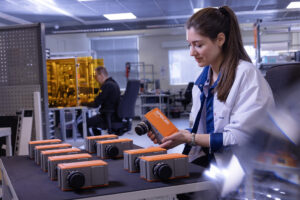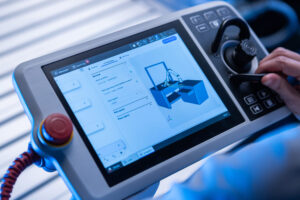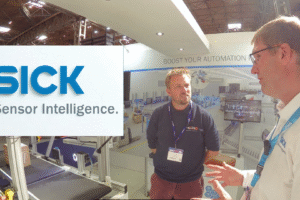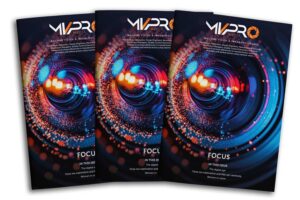The recent case study from Lucid Vision and Accella AI on deploying an AI vision system for detecting defects in concrete pavers is a telling example of how artificial intelligence is moving off the whiteboard and into the factory floor. In my view, this development is both promising and inevitable, though not without its caveats.
Let’s start with the problem it tries to solve. Manual inspection has long been the bottleneck in industries like concrete, where defects, cracks, chips, or “clay balls” are common. Human inspectors are fallible. Fatigue, shifting standards between workers, and the sheer monotony of staring at thousands of nearly identical units every day lead to missed defects and inconsistent quality. When defect rates hover around 1–2 percent, even a small lapse can translate into significant costs. The logic behind automating this process is straightforward: machines don’t get tired, and algorithms apply rules consistently.
On the surface, the AI solution described here hits all the right notes. The hardware, the LUCID Triton® camera, sounds appropriately rugged for industrial environments, with IP67 protection and PoE+ for simple installation. The AI layer is smartly structured: it first identifies each paver, then flags any defects. The fact that it operates in real time, with processing times under a second per board, makes it practical for high-speed lines. Perhaps most compelling is the modularity. Using off-the-shelf components and minimal integration requirements, the system can be replicated across multiple facilities without huge engineering overhead.
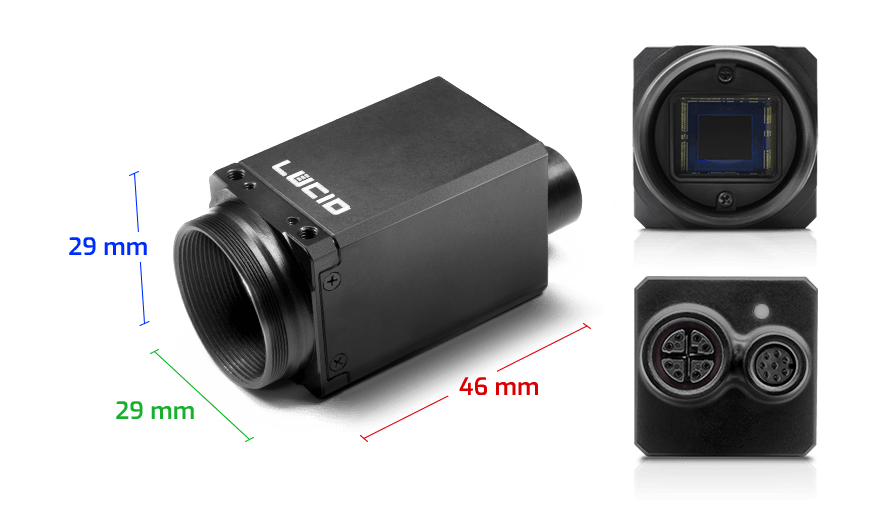
The benefits are obvious. Manufacturers get consistency: no more variation between morning and night shifts. They get scalability: once the model is trained and tested, it can be rolled out widely. They also get data insights: the system not only spots defects but also tracks operator responses, enabling process improvement beyond quality control. Longer-term, extensions like color analysis or dimensional checks could deepen its value.
But no technology is a silver bullet, and there are limitations worth noting. First, accuracy depends heavily on the quality of training data. If the system hasn’t “seen” enough of certain rare defect types, it may miss them. Unlike humans, who can generalize, AI models need exposure to edge cases. Continuous retraining and oversight are required, this is not a “set and forget” solution.
Second, while the system is marketed as affordable, cost can still be a barrier, particularly for smaller manufacturers with tight margins. Investment in hardware, integration, and ongoing model updates adds up, even if it pays for itself eventually.
Finally, there’s the cultural factor. Shifting from human-led inspection to AI requires trust. Operators may resist, either out of fear of redundancy or skepticism about the system’s reliability. The best implementations will pair AI with human oversight, at least in the early stages, ensuring the system builds credibility over time.
So, is it good? Absolutely. This is exactly the kind of pragmatic, applied AI that delivers real value: reducing waste, ensuring consistent quality, and freeing humans from dull and error-prone tasks. But it’s not magic. Like any tool, it requires careful deployment, continuous learning, and a willingness to rethink roles on the shop floor.
In short, this case study shows a glimpse of the future, one where AI doesn’t just assist but fundamentally reshapes how heavy manufacturing ensures quality.
Read the full case study HERE
Or Visit Lucid HERE
